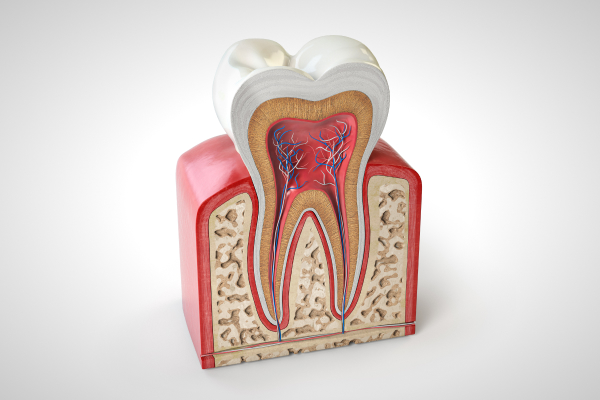
Preserving Your Natural Teeth with Root Canal
Our teeth are composed of three main layers: dental enamel, dentin, and pulp. Dental enamel is the hard outer layer, dentin is the softer layer beneath it, and the pulp is the inner soft tissue that contains connective tissue, nerves, and blood vessels.
Typically, the pulp is well protected by the enamel and dentin. However, if bacteria breach these layers due to a deep cavity, a fracture, or an injury, an infection can occur.
An infected tooth often leads to intense pain, which can worsen if not treated. While tooth extraction may become necessary in some cases, it’s always our last resort. Missing teeth can cause complications such as bone loss and shifting of nearby teeth. Root canal treatment is a preferred alternative, as it removes the infection, saves the natural tooth, and restores oral health. It’s also less painful than extraction and typically requires a shorter recovery time.
Indications For Root Canal Treatment
Here are several signs to be vigilant for that could indicate a tooth infection or abscess, which may require immediate attention as a dental emergency:
- I have a severe toothache.
- I feel discomfort or swelling in my jaw.
- I am highly sensitive to tooth pain.
- I see a gum bump resembling a pimple.
- My gums appear swollen, red, or puffy.
- I notice an unpleasant taste or smell in my mouth.
What Occurs During A Root Canal Procedure?
Many patients feel anxious about root canal treatment, but there's no need to worry—it’s a straightforward procedure. Our dentist uses advanced 3-D cone-beam imaging to carefully plan your treatment, allowing for a detailed, three-dimensional view of the tooth. This technology helps us assess the tooth’s structure and tailor the procedure to your needs. With the use of anesthesia and cutting-edge technology, your comfort is our top priority, ensuring better overall outcomes. Most patients experience significant relief after the procedure.
